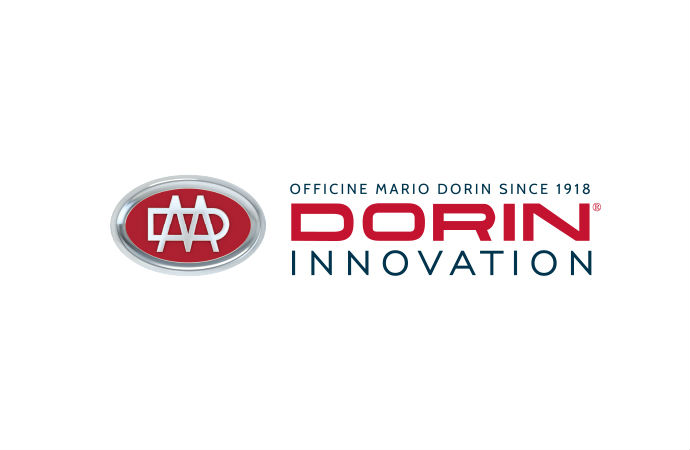A large amount of Chinese small refrigerant production sites that illegally produce HCFCs beyond government’s control may seriously impede China’s HCFC Phase-out Management Plan and the introduction of HCFC-free applications in the air conditioning industry, such as those using hydrocarbons.

According to China’s HCFC Phase-out Management Plan (HPMP), by 2015, China aims to reduce the production and consumption of HCFC-22 by 10% compared with the average amount of 2009 and 2010. However, in practice, the actual implementation of the plan may be hindered especially because of the large amount of Chinese small refrigerant production sites, which not only produce HCFCs but are also the hotbeds of illegal HCFC trade.
Within the HCFC Phase-out Management Plan, China has committed to convert 18 of its R22 air conditioner production lines into R290 by the end of 2015.
Production of HCFCs beyond government’s control
China is by far the world’s largest producer, consumer and exporter of HCFCs. According to the United Nations Environment Programme (UNEP), in 2009 China’s produced 28,500 tonnes of HCFCs compared to 1,500 tonnes in 1997. As the production of most small refrigerant production sites is actually beyond government’s control, their production of ozone-depleting refrigerants is usually not included in the above official figures.
Small refrigerant production sites in China not only produce large amount of HCFC-22, but also supply other blends of HCFCs and refrigerants with high global warming potential (GWP). This means that China will actually face even harsher situation in phasing out of HCFCs.
Continuous supply of R22 delays uptake of hydrocarbons
As the Chinese government has committed to phase-out HCFCs and banned any new projects using R22 as refrigerant as of 2013, there is a shortage of R22 in the marketplace and the price for R22 increased by 30% in China in 2011. For most AC producers in China, upgrading production line for new refrigerants would take time and market demand for R22 is still large.
Many of these small refrigerant production sites see the supply shortage of R22 and the increase in price as a good business opportunity and they become more active in producing the refrigerant. Sufficient supply of R22 in the marketplace may slow down the introduction of hydrocarbons in China’s AC industry. It is hard for China to keep its promise to convert more R22 air conditioner production lines to hydrocarbons in practice with an enduring, cheap and stable supply of R22.
MORE INFORMATION
Related stories












